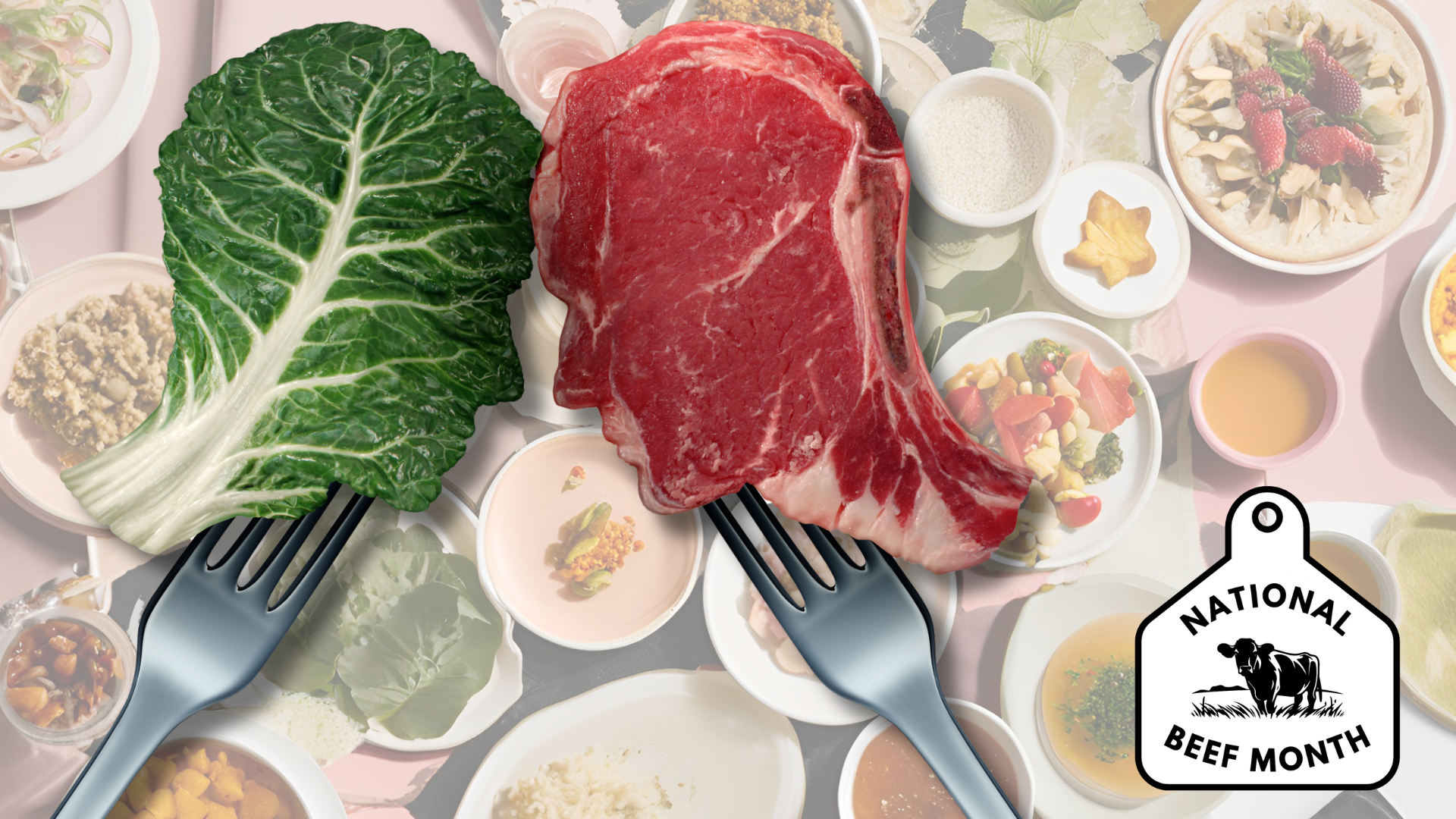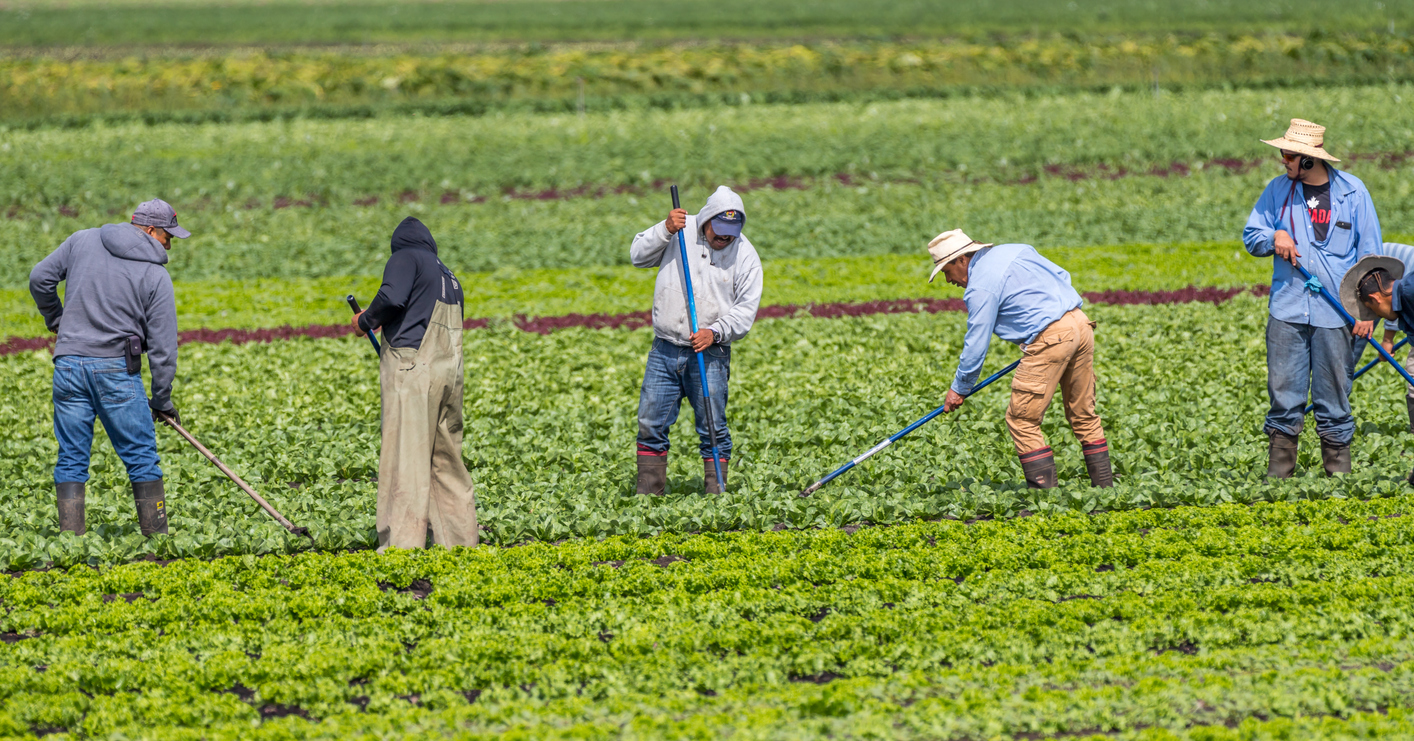Relevant Topics
The push to make “America healthier” and “save the environment” via vilifying cattle and meat production was promoted through Meatless Mondays beginning in 2003 by Mad Men-era advertising guru Sid Lerner. After more than 20 years, the slogan remains but has the goal been reached?
Research suggests Americans are paying closer attention to what they eat resulting in a slightly healthier population but climate change has not slowed in the last two decades.
What has improved since the inception of Meatless Mondays is efficiency in cattle nutrition, water use, land management, and overall footprint in both the U.S. and on a global scale.
On Jan. 1, 2025, there were reportedly 86.7 million cattle in the U.S. national cattle herd. At the time, it was the smallest herd on record in 73 years. Even with the smallest national herd in more than two generations and prices increasing, U.S. per capita demand for beef remained relatively constant at an average of 58 pounds annually or just over one pound per week.
A serving size of beef is 3 ounces or a cut that is approximately the size of a deck of cards. That single serving provides approximately 25 grams of protein which is about one-third to half the daily recommended amount for the average adult and just 175 calories. To get the equivalent from plant-based options, a person would have to consume the following:
Food item | Protein content, 3 oz. serving | Calories | Equivalent protein to 3 oz. beef | Equivalent calorie content |
Seitan | 64 | 315 | .75 oz. | 236 |
Beans | 7 | 120 | 9 oz. | 360 |
Mushrooms | 1.5 | 19 | 50 oz. | 950 |
Almonds | 18 | 489 | 3.9 oz. | 635 |
Extra firm tofu | 8 | 120 | 9 oz. | 360 |
In addition to being high in protein and low in calories, beef provides several key nutrients needed for healthful body function including vitamin B12, zinc, selenium, niacin, vitamin B6, riboflavin, phosphorous, iron, and choline. The comparing the nutritional value of beef with that of plant-based foods touted as replacements, makes beef a clear front-runner for people who need to focus on both protein and caloric limitations in their daily life, undermining half of the original thrust of Meatless Mondays.
As for the other half, examining the reversal of climate change by eschewing meat consumption one day a week.
Data already suggests climate change has continued, despite adoption by some of Meatless Mondays. What may not have been considered 20 years ago, when Meatless Mondays were first proposed was the continued evolution of how meat is produced in this country.
U.S. beef producers have continued to adapt and change, making notable strides in greenhouse gas (GHG) emissions through dietary changes and a better understanding of how cattle digest the forages they consume. As a result, GHG emissions from cattle production have decreased in the U.S. Research shows ranchers produce 20 percent more beef with 15 percent less cattle now than 50 years ago. In that same period, total cattle production GHG emissions have decreased 21 percent, from 324 to 255 metric tons annually.
So, rather than giving up meat for a healthier diet and planet, this May, during National Beef Month, embrace your inner carnivore and enjoy a steak, burger, or a dino rib or two, and remember that beef is both good for you and good for the planet.




